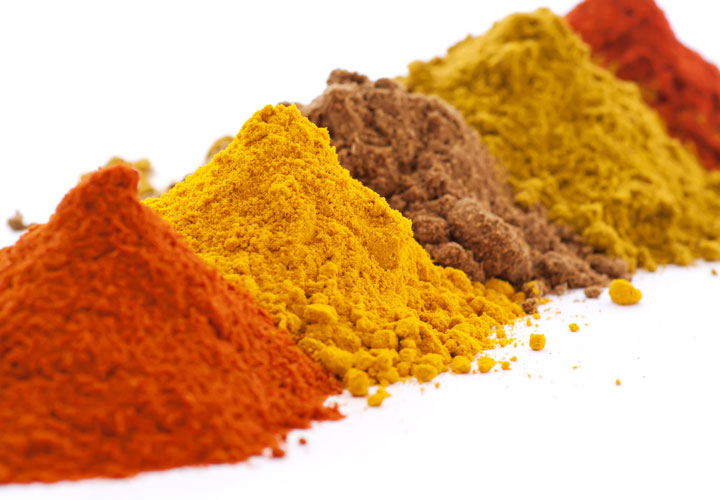Industrially, a pigment is any finely divided insoluble black, white or colored solid material, a major function of which is to improve the appearance of or give color to the medium in which it is to be used.
Pigments are always incorporated by simple physical mixing with the medium, and it is this feature that distinguishes them from dyes.
Pigments and dyes are often derived from the same basic building blocks. The fundamental difference between them lies in the fact that dyes are soluble in the media in which they are incorporated and pigments are not.
Given the large number of pigments and dyes available, a classification system is necessary: the Color Index (CI) categorizes each commercially available product, which is given a generic name and number that summarizes its properties, e.g., Pigment Red 254.
In addition, where the chemical constitution of a product has been disclosed, it is also allocated a five-figure CI constitution number.
Pigments are classified as either organic or inorganic.
Organic pigments are based on carbon chains and carbon rings. However, they can also contain metallic (inorganic) elements that help stabilize the properties of the organic component.
Inorganic pigments, chemical compounds not based on carbon, are usually metallic salts precipitated from solutions.
The dried, precipitated pigment might be in a form that can be used immediately, but often these raw pigmentary materials require further mechanical processing, heating or chemical treatment to render them more useful as pigments.
Inorganic pigments have a much larger average particle size than organic pigments. The optimum particle size needed to achieve maximum light scattering – resulting in opacity – is between 400 and 800 nm (wavelength).
The particles sizes of inorganic pigments are much closer to this optimum than those of organic pigments, which tend to be much lower. This is the main reason why most organic pigments are considered transparent and most inorganic pigments opaque.
With their larger surface area, organic pigments give much higher color strength. However, for similar reasons, their dispersibility is usually poorer.
As a result of their chemical composition, inorganic pigments are stable in the presence of organic solvents – unlike many of the simpler organic pigments, which can dissolve – and have high resistance to pigment bleeding and migration. With a few exceptions, inorganic pigments have higher heat stability than organic pigments. However, light fastness and weatherability vary more widely.
